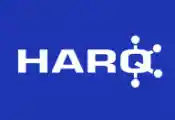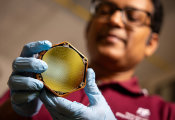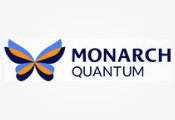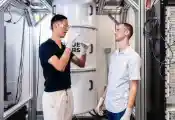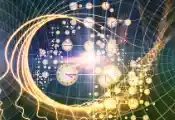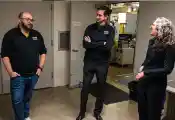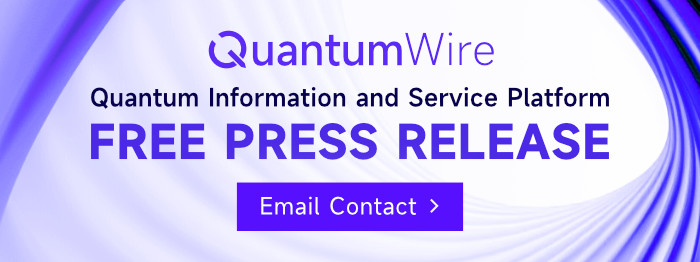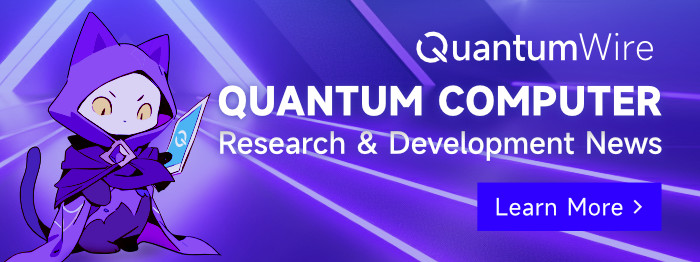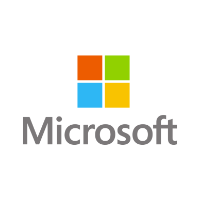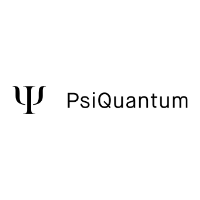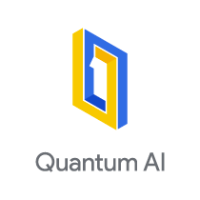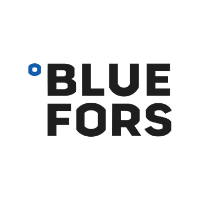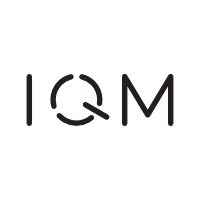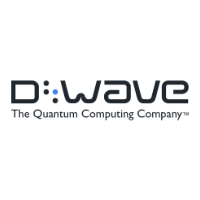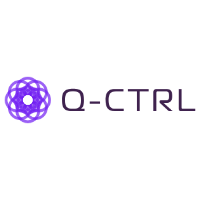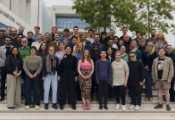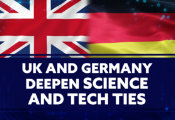Can You Build a Quantum Computer From a Single Wire?
July 30, 2025 - PhD researcher Esther van de Logt is working on the foundations of future quantum computers using nanowires, light, and particles you can’t even see.
In a cleanroom at UT, Esther van de Logt carefully transfers a single nanowire onto a chip. It’s smaller than dust. Too small for a regular microscope. So small that even a smudge on a glove could ruin it. “If you put it on your hand and take a step, that can be enough to blow the whole thing apart,” she says. Esther is part of UT’s NanoElectronics group, building quantum chips of the future. Right now, it’s trial, error, and ultra-precise lab work. But the goal is big: creating chips where electrons and photons can talk to each other, and preserve quantum information in the process.
Wires that talk with light
Esther’s nanowires are made of a rare material: hexagonal germanium silicon. What is special about it? It is able to emit and absorb light efficiently. “It’s one of the only materials where you can get that direct link between electrical signals and light inside the chip itself.” In most chips today, light has to be created and read using extra components, outside the chip. With this new material, that conversion might happen internally, making it easier to connect quantum bits through light. That’s key. Because one of the big hurdles in quantum computing is getting those bits to communicate.
But first: does it even work?
Right now, the research is in the testing phase. Esther works with partner groups in Eindhoven and Munich, who grow the materials and send them to her lab for measurements. “No one’s used these wires in chips before. We are starting from zero.” Using sharp needles and a microscope, she picks up nanowires one by one, lays them flat on a chip, and carefully designs the layout. Then it’s off to the cleanroom to build and test, from checking how electrons flow to designing the first transistor-like devices. Only once they’ve mastered those basics can the team move toward creating a “quantum dot”, a tiny island that can host a quantum bit. “It takes time. There are no shortcuts.”
What even is a quantum bit?
In a regular computer, bits are either 0 or 1. In a quantum computer, a bit (or qubit) can be both at once. That’s where the magic happens: more possibilities, more power. To get there, researchers use strange quantum properties like spin, the orientation of a single electron, or polarisation, the direction of light. These particles can be in multiple states at once, but the moment you measure them? They pick a side. “That uncertainty, that probability, that’s the quantum part,” Esther explains. “You only know the state after you measure it.” Her group is now exploring how to use both electrons and photons in these systems, with the hope of making bits that not only compute but also talk to each other.
Esther’s work is painstaking. Nanowires are ten thousand times thinner than a hair. You need electron microscopes to see where they are. A single electrostatic shock could ruin weeks of progress. And you can’t do it alone. “There’s no day when I work entirely by myself,” she says. “We ask each other questions all the time. You need to. You’re figuring out something no one has measured before.” She also works with external partners, including Eindhoven for materials, Munich for optical setups, and Delft for photon detectors. “It’s too complex for one group. But that’s what makes it fun. Everyone brings their piece.”
Esther didn’t always plan on doing a PhD. But after her master’s thesis, she knew she wanted to stay in the lab, solving real problems with her hands, and constantly learning new techniques. “You zoom in and zoom in… and you still don’t see it. I love that.” Now, she’s part of a team laying the foundations for something bigger. A new kind of computer that works with the weirdest, most powerful rules in physics.
Curious about quantum?
On 2 December 2025, Esther will join three fellow researchers on stage at Studium Generale to explain how quantum computers work and what’s real versus hype. They’ll break down the science behind Microsoft’s big announcement, explore what’s happening in UT’s labs, and make the complex world of qubits a bit easier to grasp.

